Hues and meaning on the other side of the Equator
ON THE EARLY MORNING of Jan. 1, 2018, the city of Lima, Peru, was quiet. Most of the residents, who had the day off, were likely to be sleeping in after a summer night of celebrating the New Year.
I had just landed in this large metropolis. Traffic was moving along smoothly, and through the windows of our driver, Juan Paz’s white van, I was able to take in the sea of colors: brilliant yellow rooftops and electric blue Volkswagen vanagons mixed with vibrant orange buildings, lime green front doors and crimson red flowers.
It was stunning. Contrary to the almost blandness of some U.S. cities, where our voices are loud and our personalities even more so, where our homes are varied shades of beiges and browns, with the occasional blue, red, or canary yellow, the people of these richly cultured lands seem to express themselves best through color.
In my experience, especially growing up as a black woman on Long Island, it was ingrained in our brains that bright colors should be worn only by lighter-skinned women. Otherwise it would have been seen as obnoxious or “ghetto.” Over the years, I’ve come to realize how false that is.
Now, after being exposed to the Peruvian culture, where I’ve seen women and men alike wearing and/or making products with bright colors, I’ve become curious to find out what the significance of vibrancy is in their communities.
Days later I visited the Mercado Indio, an enormous Peruvian crafts market in the Miraflores district in Lima. Trinkets, jewelry, crystals, textiles, pottery and silver, among so many other crafts, are displayed for the world to buy.
If you’re not careful, it’s easy to find yourself turned around within the many tiny shops, with sellers showing off what they’ve got to offer, asking you how much you’re willing to pay for such a fine item.
I was browsing from shop to shop when an artisan stopped what he was doing to offer me items made of these lovely red and black seeds, called huayruro (Why-EE-ru-roh).
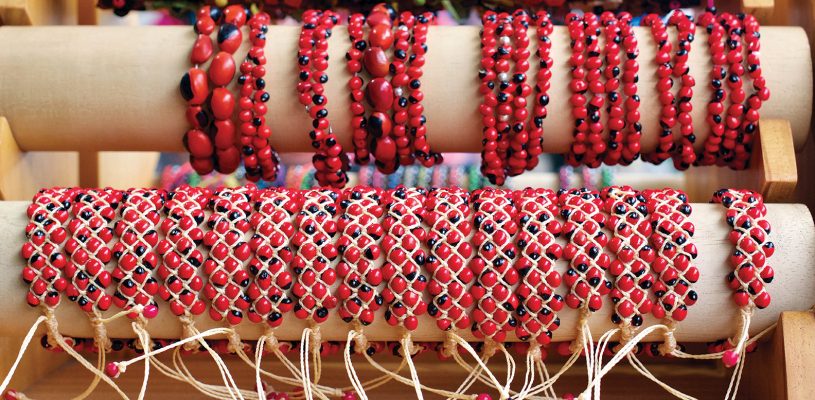
According to the site shamansmarket.com, “There has been the belief among Peruvians that these seeds have the dual power to attract good fortune and ward off evil spirits.” The huayruro (Ormosia coccinea) is associated with good luck, the shop vendors agreed.
The vendor’s little shop was littered wall to wall with necklaces handmade with dried orange peels. He sat at a small table making key chains from dyed seeds.
It was a quaint shop, and I was instantly interested in what he was selling. Rainer Quispe, 37, is an artisan who works mostly with seeds and wires creating everything from earrings to key chains. He also uses the orange peels that are discarded, recycling them and creating necklaces and other bijouterie.
Raised by artisan parents, Quispe has been crafting since he was 9, he said. He felt inspired to carry on their legacy, and so he graduated from Escuela Nacional De Bellas Artes (National Fine Arts School) in downtown Lima. Originally from Cusco, Quispe has been living and working in the “gray” city of Lima for 15 years.
I roamed around his shop getting lost in the variety of colors and designs. With intense concentration he quietly spent his time crafting his jewelry while a small television with loud soap operas played in the background.
“Color is very important in my art because it represents the colors the Incas used in their crafts,” he said. But I wanted to know more about what color meant to him. Quispe said it is significant for him because they are a part of nature. “The red color has a mysticism,” he said. “It attracts good vibes, good luck, love, fertility and prosperity.”
Though he is a lover of all the Earth’s colors, as I could see in the diverse pieces he makes, he tailors his work to what tourists request most: red, black and green.
He’s been crafting for so long that he’s able to tell what certain tourists are more attracted to: the Europeans prefer matte colors such as browns, and Americans prefer bright colors, he said.
Listening to Quispe may have left me with even more questions. I’m interested in knowing what the other colors represent, if they also hold certain mysticism or if red is something Peruvians hold dear to their hearts.
Well, yes, the Peruvian flag is red and white.
DYEING WITH COLOR
THE MASSIVE AMOUNT of color I saw in this trip was really spectacular. We learned so much about natural dye and were even privileged to witness yarn made from alpaca fur being dyed.
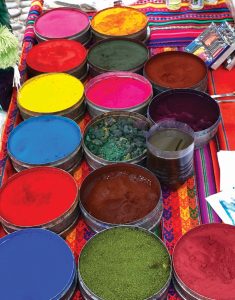
In Pisac, a small town in the Cusco area, we walked through a sea of shops. I haggled with shop owners over prices for miniature skulls and sweaters, took photographs with baby goats and women in traditional clothing.
On our way out, I met a vendor who was selling watercolors in powder form. I felt chills run down my spine as I took in the vibrant colors resting within each tin.
A smile burst across my face as the woman revealed how brilliant the colors looked not only in their original place but on paper as well. She showed me how certain colors changed their appearance when mixed with water; by the end of her demonstration I was sold. And she was 25 soles ($7.50) richer.

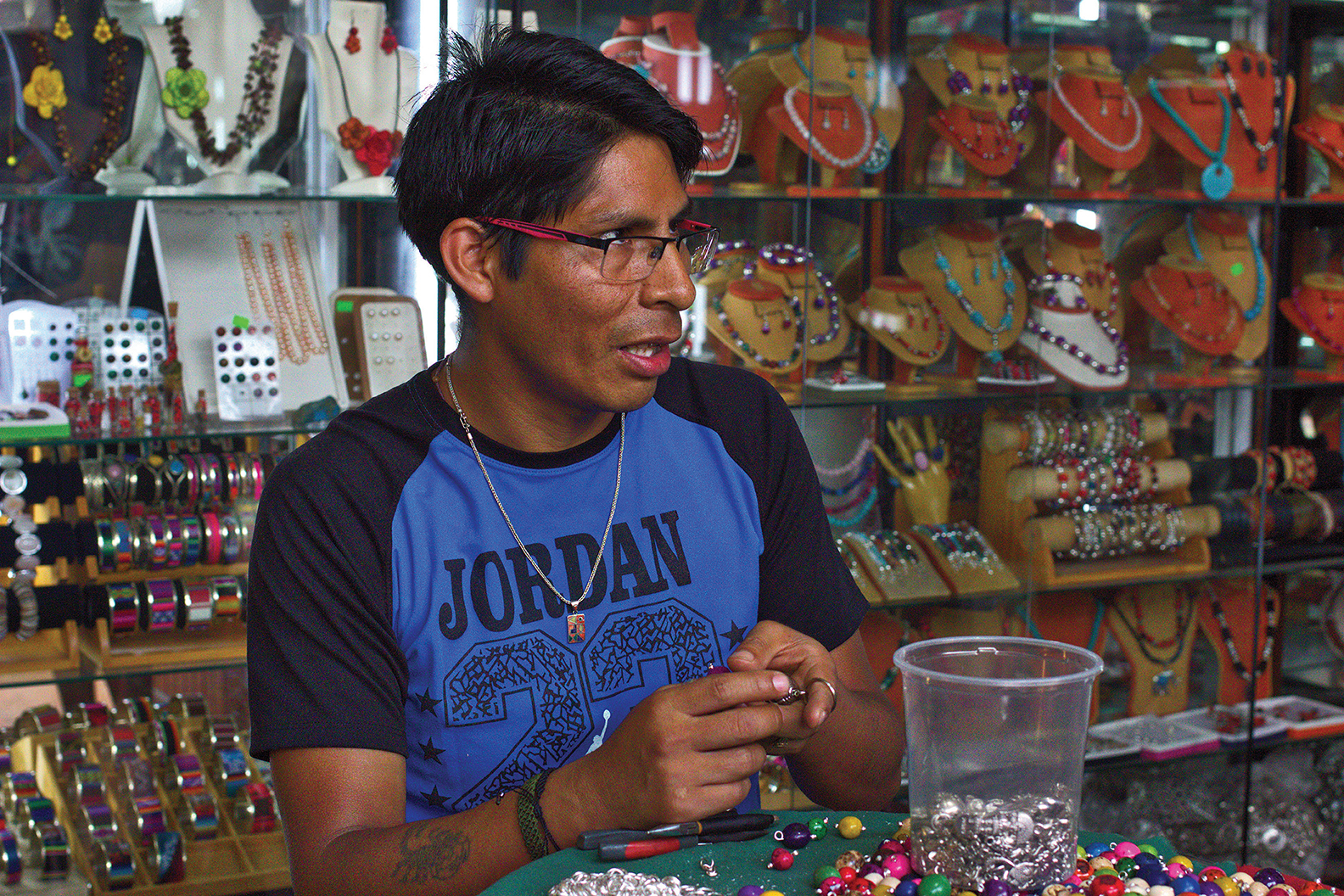
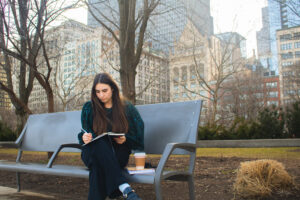

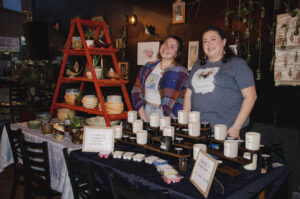
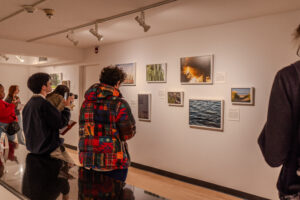


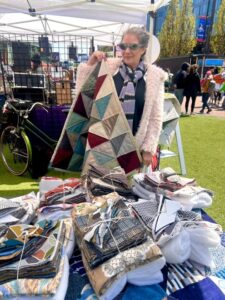
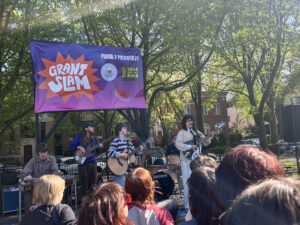

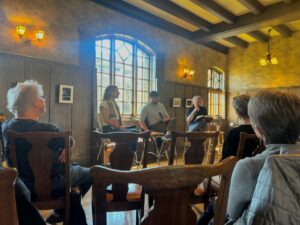
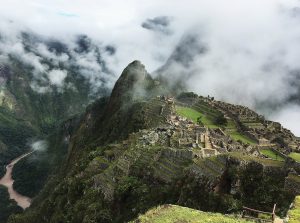
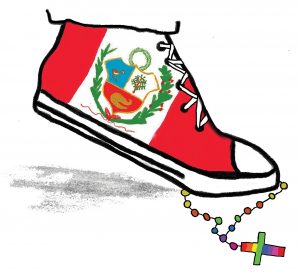





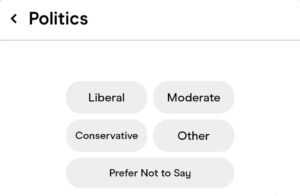



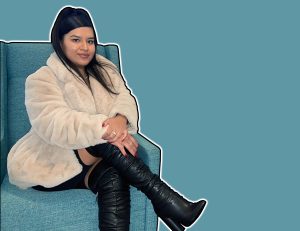
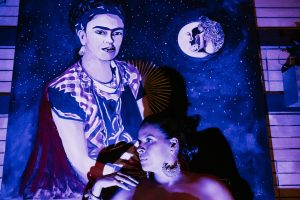

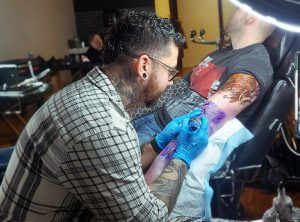
Be First to Comment